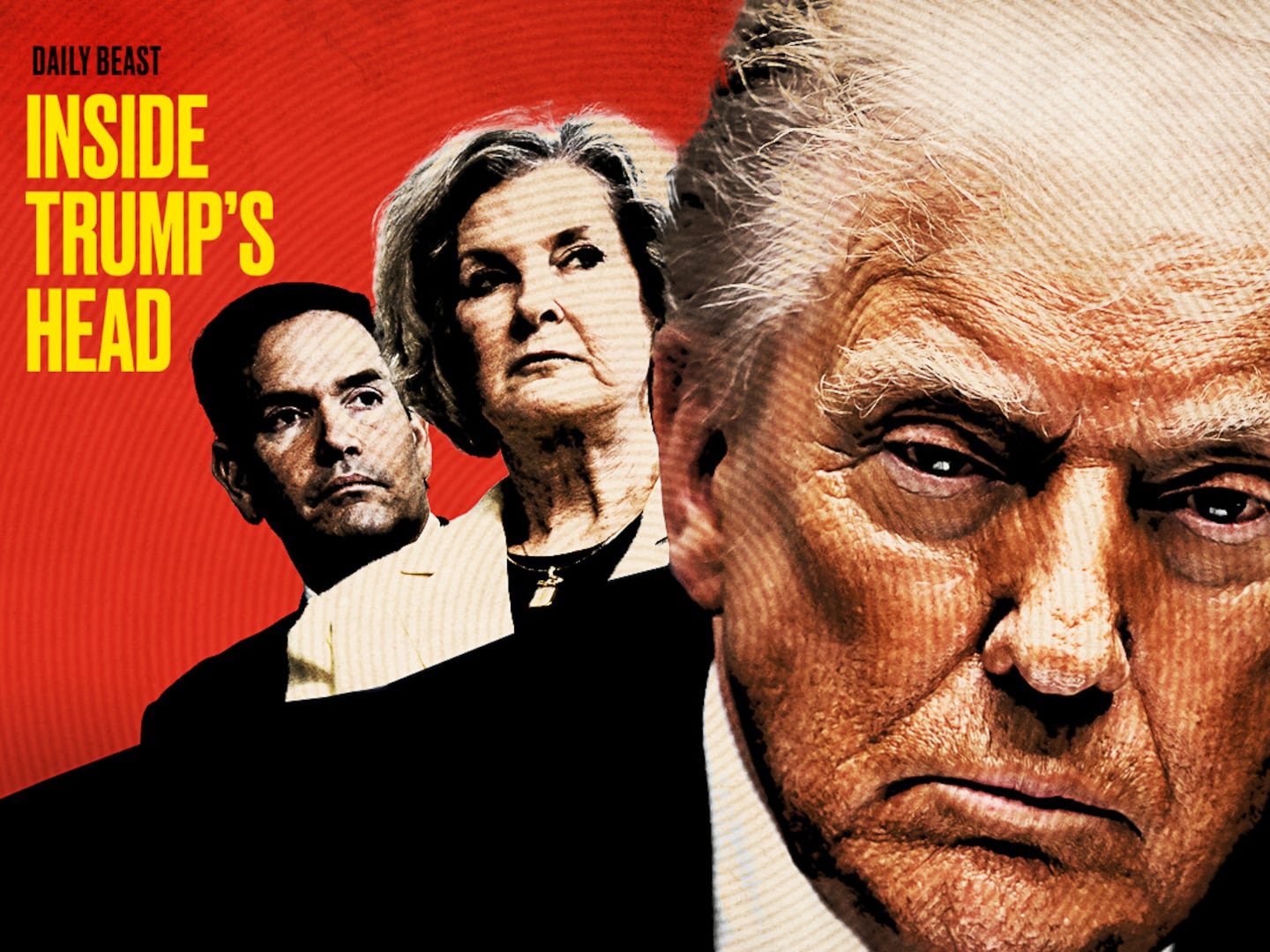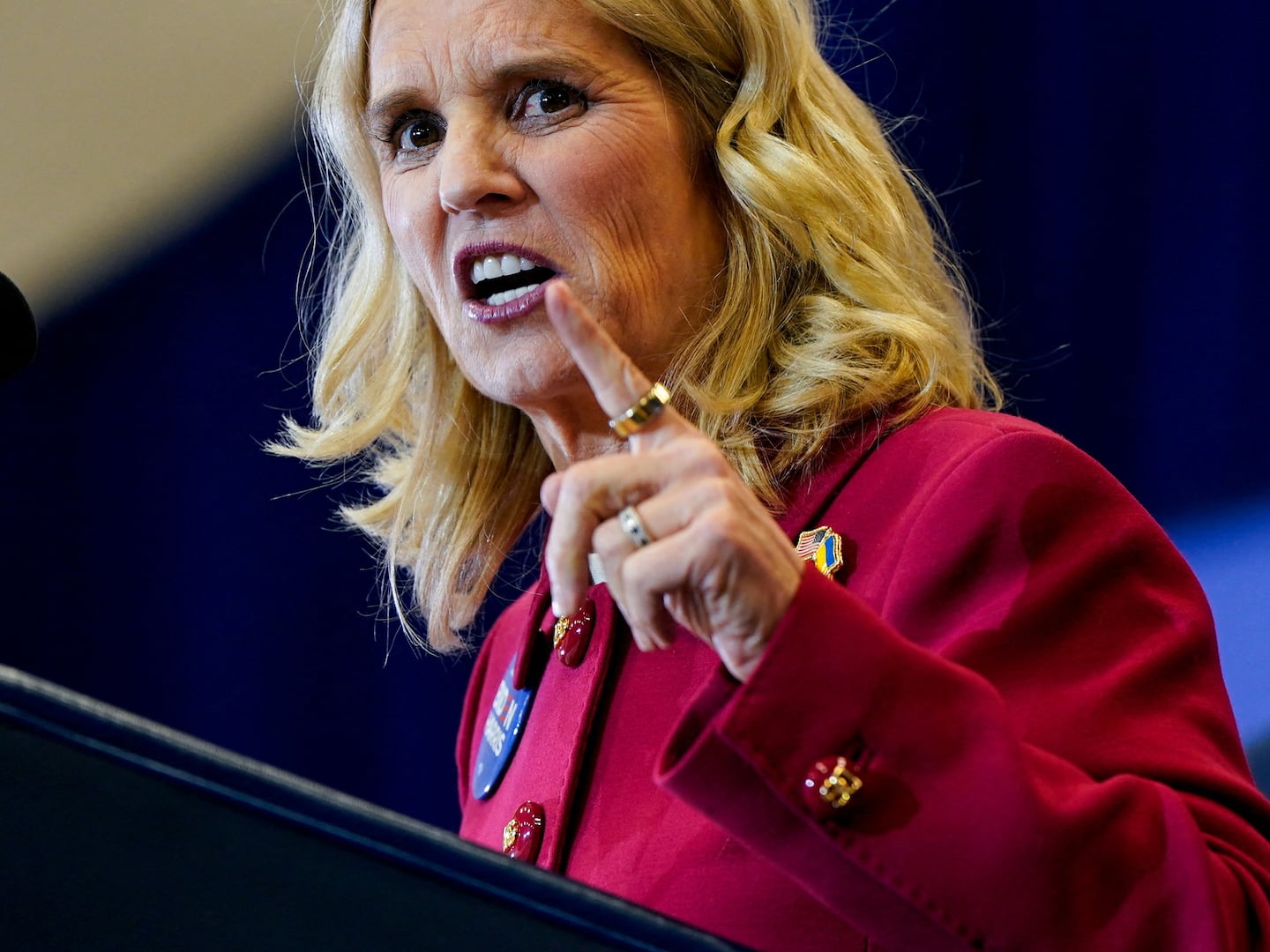Jang Song Thaek, often described as the No. 2 figure in the North Korean regime, has been purged from Kim Jong Un’s side, losing all posts of consequence. He was last seen in public on November 6, and two of his aides were publicly executed late last month. So say two South Korean legislators citing a briefing from the country’s National Intelligence Service. The news, if true, suggests the Democratic People’s Republic of Korea will enter a new period of instability.
Most analysts, however, believe the opposite—that the apparent sacking confirms that Kim Jong Un, the North’s young ruler, quickly consolidated power after the unexpected death of his predecessor, his father Kim Jong Il, in December 2011. If Kim the Younger was not in a powerful position, the reasoning goes, he would not have felt secure enough to get rid of Jang.
Jang, married to Kim’s aunt and considered the regent to the new leader, has certainly helped the boy ruler eliminate adversaries. As The New York Times has reported, in the two years of Kim’s rule, 44 percent of the top officials in the Korean Workers’ Party, the Korean People’s Army, and the government have been purged. Apparently, Jang, 67, did his job so well he was no longer needed. As Lee Sung-yoon of the Fletcher School told the Times, “In a totalitarian system, the life of the No. 2 man or regent is oftentimes short and precarious.”
Should we also say the same of Kim Jong Un? Despite what most observers think, the removal of Jang Song Thaek signals trouble ahead. First, the most dangerous period during a succession in a one-man state is not immediately after the transfer of power—it is when the new ruler feels strong enough to act, in this case striking out on his own. That’s exactly what Kim did by eliminating Uncle Jang, his most important supporter.
Second, the newbie dictator is acting at a time when his regime has been weakened by years of destructive competition among powerful personalities. Jang in a sense did his job too enthusiastically. For instance, he appears to have been responsible for ordering the assistant chief of staff of the Ministry of the People’s Armed Forces to be obliterated with a mortar round “to leave no trace of him behind down to his hair.” The purges continued, albeit less dramatically, through the fall of last year.
Moreover, Kim and Jang have sacked top flag officers, most notably Vice Marshal Ri Yong Ho, the respected chief of the General Staff. Ri’s removal upset front-line commanders. In further signs of turmoil, Ri’s successor, Hyon Yong Chol, was subsequently demoted.
Jang’s relentless eliminations, coming on the heels of those engineered by prior leader Kim Jong Il, eroded support for the current ruler in the country’s “cadre society.” “Sections of the elite have felt increasingly betrayed because of the large number of purges and executions that have occurred, presumably because of succession issues,” notes Bruce Bechtol, the noted Korea watcher in The Last Days of Kim Jong-il.
Jang not only eliminated rivals but also started to change the structure of the regime itself. Kim Jong Il had a songun, or “military first,” policy. The Korean People’s Army was by far the most powerful of the three regime elements—the military, the security apparatus, and the Party—under the Kim family.
Jang Song Thaek, whose power base was the Party, quickly acted to divest the generals and admirals of their privileges, including their profit-making opportunities. For instance, he closed Taepung International Investment Group, the military’s conduit for investment abroad. Some 70 percent of the North’s foreign currency business was conducted by the general officers under former supremo Kim Jong Il. The operations were reportedly transferred to the Party, Jang’s friends. There are reports that the military was largely responsible for Jang’s downfall and that the purges against his supporters are continuing, especially inside the Party apparatus.
As a result of the never-ending contest for power in Pyongyang, instability is the defining feature of the Democratic People’s Republic of Korea at this time. Executions, once they occur, are hard to stop. Blood demands blood, and so it is no surprise that the two Jang aides were killed.
So revenge has become the hallmark of the North’s regime politics. Nonetheless, it is unlikely that Jang himself will face a firing squad. He retains support among those he has placed in power, and he is, after all, married to the daughter of Kim Il Sung, North Korea’s founder. He has been demoted twice before, so he is a survivor. He is, therefore, unlikely to take his removal from the center of power as the last word. He knows, as it is said, where the bodies are buried.
And he has one important ally. Jang sponsored closer ties with China, and the Chinese, often friendless in Pyongyang, just might try to lend a hand to their most important link to the North Korean regime.
Jang may now be sidelined, but he is undoubtedly already planning his next comeback. Kim Jong Un, a hamster in the snake pit of the regime, has just created a new adversary. Anything is now possible in Pyongyang.
Gordon G. Chang is the author of Nuclear Showdown: North Korea Takes On the World. Follow him on Twitter @GordonGChang.






